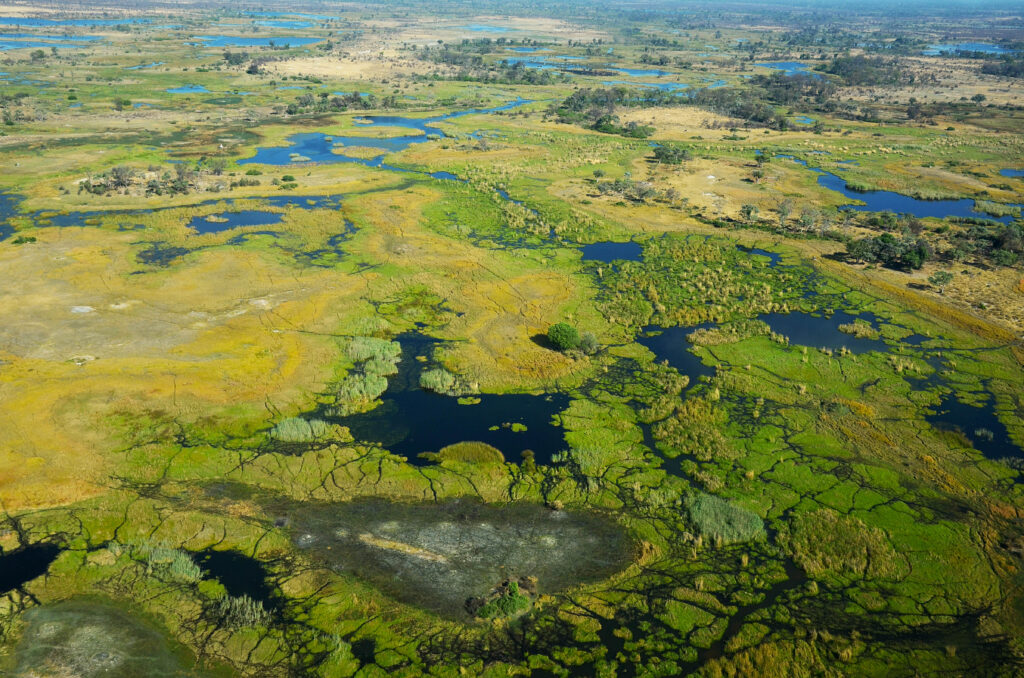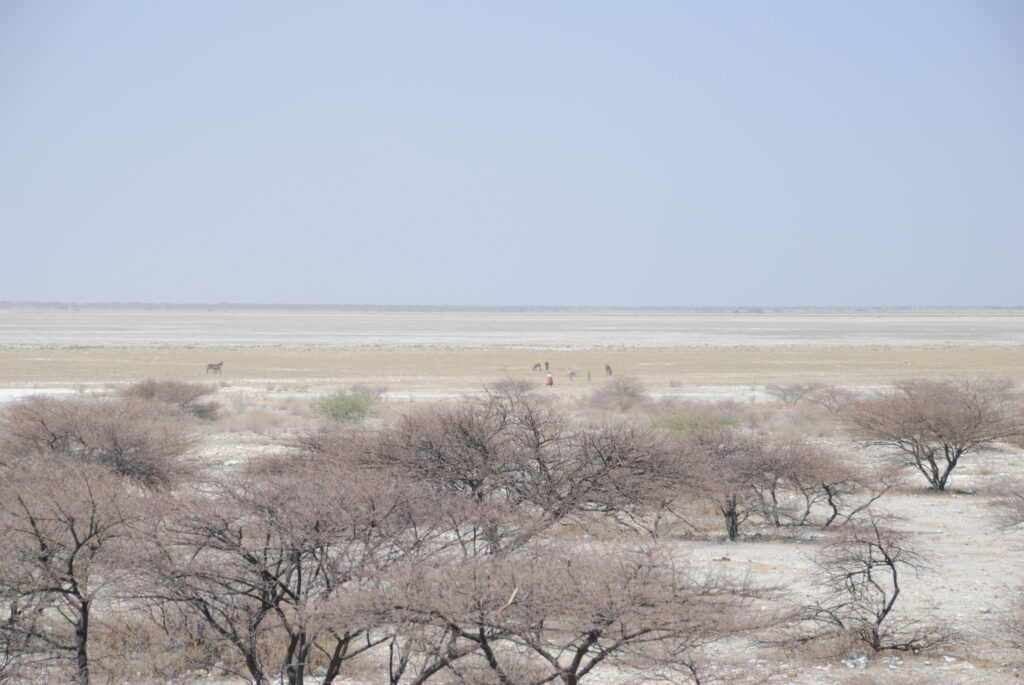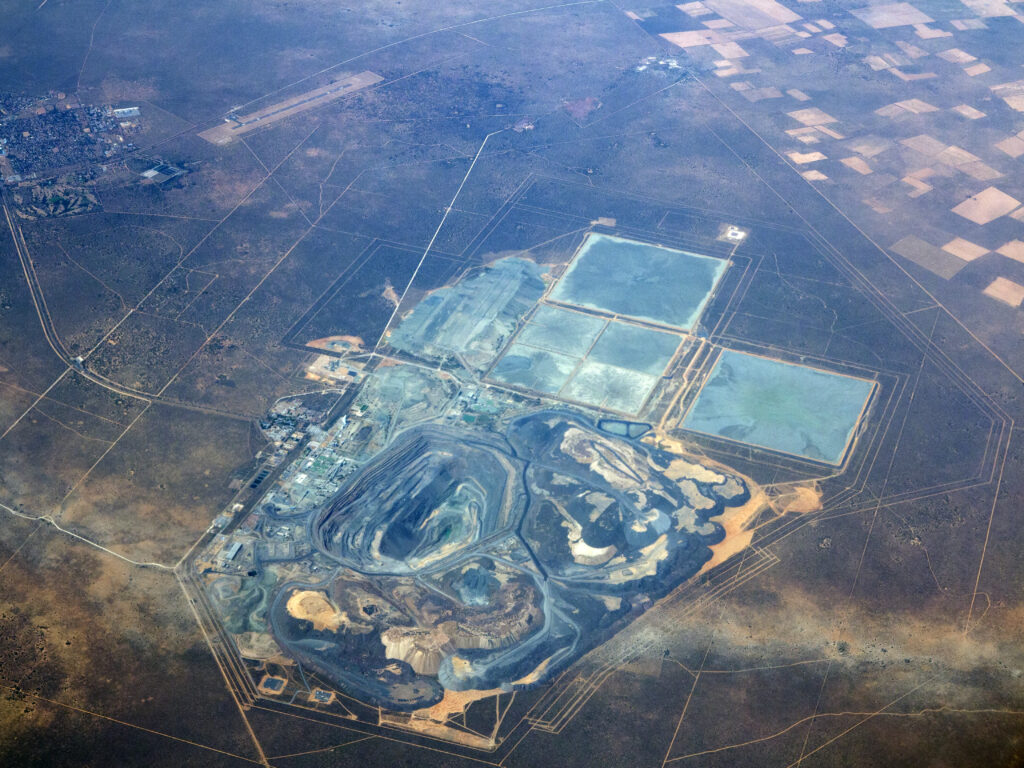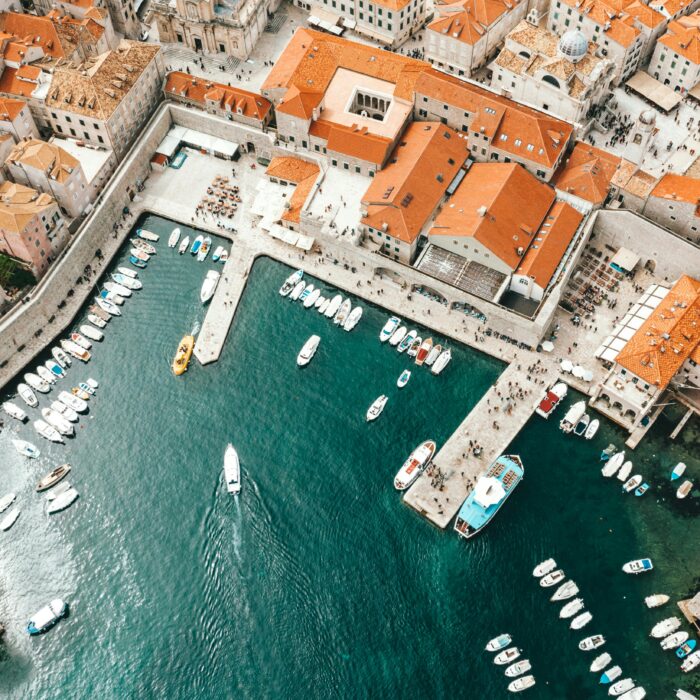Quick facts about Botswana:
- Population: Approximately 2.6 million people.
- Capital: Gaborone.
- Official Language: English.
- National Language: Setswana.
- Currency: Botswana Pula (BWP).
- Government: Unitary parliamentary republic.
- Major Religion: Christianity (predominantly Protestant), with indigenous beliefs also practiced.
- Geography: Landlocked country in southern Africa, bordered by Namibia to the west and north, Zimbabwe to the northeast, Zambia to the north, and South Africa to the south and southeast. Botswana is predominantly flat, with the Kalahari Desert covering much of its land.
Fact 1: Botswana has the largest elephant population in the world
Botswana is home to the largest elephant population in the world, with an estimated 130,000 to 150,000 elephants. These elephants primarily roam the northern regions of the country, particularly around the Okavango Delta and Chobe National Park. Botswana’s vast wilderness areas, combined with effective conservation efforts and anti-poaching measures, have made it a sanctuary for African elephants.
This large population, while a significant conservation success, has also led to challenges. Human-elephant conflict is an ongoing issue as elephants sometimes encroach on farmland and settlements in search of food and water. Despite these challenges, Botswana’s strong focus on wildlife protection has made it a leader in elephant conservation efforts globally.

Fact 2: More than a third of the country is protected territory
In Botswana, more than a third of the country is designated as protected territory, with national parks, game reserves, and wildlife management areas covering about 38% of its land. This extensive conservation network is a key factor in the country’s successful wildlife protection efforts and is one of the reasons why Botswana is renowned for its thriving biodiversity and robust ecotourism sector.
The government’s commitment to conservation has helped protect large populations of wildlife, including the world’s largest elephant population. Major protected areas such as Chobe National Park, the Okavango Delta, and the Central Kalahari Game Reserve are among the most famous, offering safe havens for endangered species and supporting Botswana’s reputation as one of Africa’s leading destinations for nature lovers and safari tourists.
Fact 3: The Okavango Delta has become the 1000th site on the UNESCO World Heritage List
The Okavango Delta in Botswana became the 1,000th site to be inscribed on the UNESCO World Heritage List in 2014. It is one of the largest inland deltas in the world, covering around 15,000 square kilometers (5,800 square miles) during the peak of the flood season. Unlike most deltas, which flow into the sea, the Okavango River empties into the Kalahari Desert, creating an oasis that sustains a vast array of wildlife.
The delta is a major attraction for tourists due to its stunning landscapes and rich biodiversity. Visitors come from around the world to witness the extraordinary concentration of wildlife, including elephants, lions, leopards, and countless bird species. Its unique ecosystem, combined with the seasonal flooding patterns that transform the region into a lush wetland, makes it one of Africa’s premier safari destinations and a natural wonder worth seeing.
Note: If you are planning a trip to Botswana, check before you need an International Driving Permit in Botswana to rent and drive a car.

Fact 4: Botswana and Zambia have the shortest border between countries
Botswana and Zambia share the shortest border between any two countries in the world, measuring only about 150 meters (492 feet) in length. This brief border exists at a point where the Zambezi and Chobe Rivers meet, near the town of Kazungula. The border was historically a point of debate, but it was confirmed through agreements between the two nations.
To facilitate transportation and trade between the two countries, the Kazungula Bridge was completed in 2021, connecting Botswana and Zambia across the Zambezi River. This bridge has become a significant infrastructure development, enhancing regional connectivity and providing an alternative to the ferry that previously operated at the crossing.
Fact 5: Botswana has some of the largest salt lakes in the world
Botswana is home to some of the largest salt flats in the world, most notably the Makgadikgadi Salt Pans. These vast salt flats, remnants of an ancient lake that once covered much of the region, are among the largest on the planet, spanning an area of around 16,000 square kilometers (6,200 square miles). The Makgadikgadi Salt Pans are located in northeastern Botswana and form part of the larger Kalahari Basin.
During the dry season, the pans resemble a stark, white desert, creating a surreal and otherworldly landscape. However, in the wet season, the area can transform into shallow, temporary lakes that attract large populations of flamingos and other migratory birds, along with herds of wildebeest and zebras.

Fact 6: Botswana is home the oldest tribe in the world
Botswana is home to the San people, also known as the Bushmen, who are considered one of the oldest tribes in the world. The San are believed to be direct descendants of the earliest human populations, with their ancestors having lived in Southern Africa for tens of thousands of years. The San people may be one of the oldest continuous human lineages, ranging from 17,000 to 100,000 years old.
The San traditionally lived as hunter-gatherers, relying on their deep knowledge of the land to survive in the harsh environments of the Kalahari Desert. Their culture, language, and lifestyle are deeply connected to the natural world, with a rich oral tradition and a profound understanding of animal behavior and survival techniques.
Today, while many San people have been displaced and their traditional way of life has changed, efforts are being made to preserve their cultural heritage and protect their rights to their ancestral lands. Their history and cultural continuity make them a significant part of Botswana’s human legacy.
Fact 7: Botswana is the largest exporter of diamonds
Botswana is the world’s largest exporter of diamonds by value, a position it has held for decades due to the country’s rich diamond deposits. Diamond mining plays a crucial role in Botswana’s economy, contributing around 80% of the country’s export earnings and about one-third of its GDP. The discovery of diamonds in 1967, shortly after gaining independence, transformed Botswana from one of the poorest countries in the world into a middle-income nation.
The country’s largest diamond mine, Jwaneng, is one of the richest in the world, producing high-quality gems. Botswana has also formed a long-standing partnership with De Beers, through the Debswana joint venture, which is responsible for the majority of diamond mining operations. In addition to mining, Botswana has invested in diamond cutting, polishing, and other value-added industries to further benefit from its natural resources.

Fact 8: Botswana has one of the lowest population densities in the world
Botswana is one of the countries with the lowest population density in the world, with approximately four people per square kilometer (10 people per square mile). This low density is largely due to the country’s vast area of around 581,730 square kilometers (224,607 square miles) and a population of just over 2.4 million people.
Much of Botswana’s land is dominated by the Kalahari Desert, which makes large portions of the country sparsely inhabited. Most of the population is concentrated in the eastern part of the country, where the land is more fertile and cities such as Gaborone, the capital, are located.
Fact 9: Botswana’s flag is different in color from most African flags
Botswana’s flag stands out from most African flags due to its unique color scheme. While many African flags incorporate red, green, yellow, and black, representing pan-Africanism or colonial influences, Botswana’s flag uses a distinctive combination of light blue, black, and white. The flag was adopted in 1966 when the country gained independence from Britain.
The light blue symbolizes water, specifically rain, which is a precious resource in Botswana’s arid environment, dominated by the Kalahari Desert. The black and white stripes represent racial harmony and the coexistence of different ethnic groups in the country. This choice of colors and symbolism reflects Botswana’s values of unity, peace, and its environmental challenges, setting it apart from the more common themes found in other African flags.

Fact 10: There are about 4,500 rock paintings in the Tsodilo Mountains
The Tsodilo Mountains in Botswana are renowned for their rich collection of rock paintings, with estimates of around 4,500 individual artworks scattered across various sites in the area. These paintings are believed to date back thousands of years, with some thought to be over 20,000 years old, making them significant not only culturally but also historically.
The rock art represents the artistic expressions of the San people, reflecting their beliefs, rituals, and daily life. The paintings often depict animals, human figures, and abstract symbols, providing insights into the culture and spiritual life of the region’s early inhabitants. The Tsodilo Mountains, recognized as a UNESCO World Heritage Site, are considered a sacred place by the San and are an important site for both archaeological research and tourism.

Published September 22, 2024 • 8m to read





